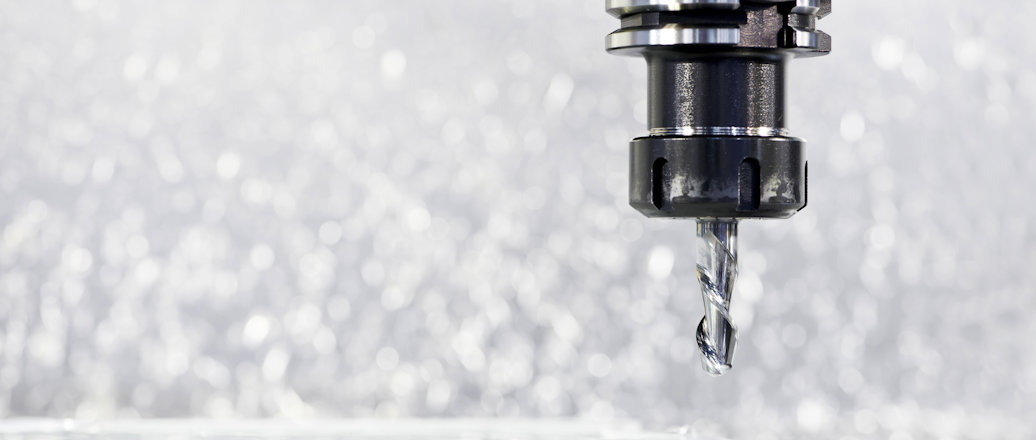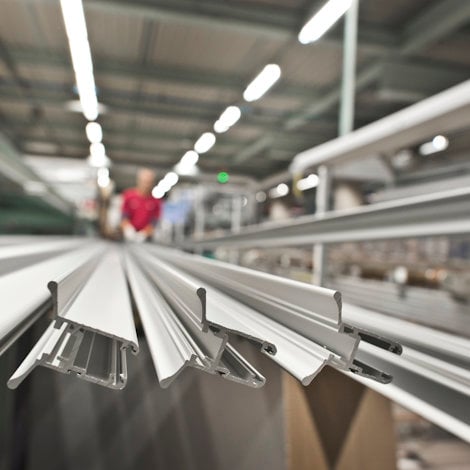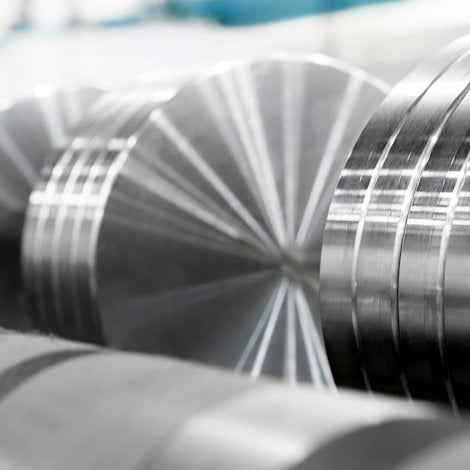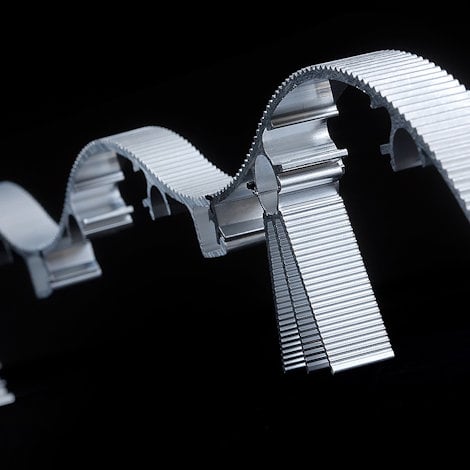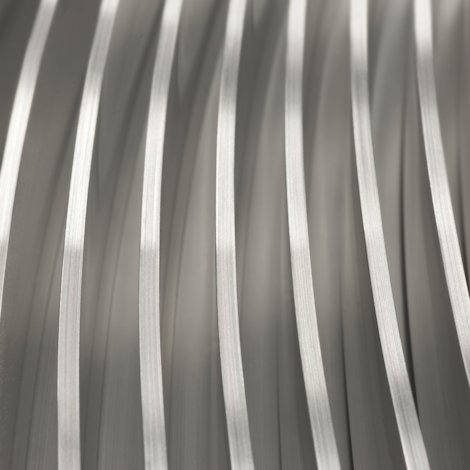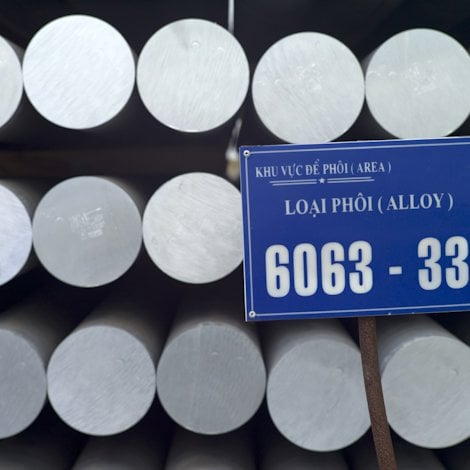How you can improve the machinability of aluminium
Aluminium is one of the most machinable metals you can find. You can enhance its machinability with metallurgy – the metal itself. Here are some other ways to improve aluminium's machinability.
Machinists can encounter so many variables and challenges that machinability can be difficult to predict. One is the condition of the material, and its physical properties. With aluminium, I’m talking about alloying elements, microstructure, hardness, yield strength, tensile strength, and work hardening. Among other things.
You can look at this in the same way as chefs who are preparing food, that the raw material matters. Having great raw materials will improve the machinability of aluminium and thereby the final product.
Machine shops can help improve aluminium’s machinability
“Gummy” is a commonly used general term that can convey different meanings depending on who you talk to … stringy chips, build-up on cutting tools, rough machined surfaces. Identifying the specific machining problem is the first place to start in the journey to finding the best solution.
Besides different alloys or tempers, there are other ways to improve the machinability of aluminium – things that you can impact – starting with the machine shops cutting tools, lubricants, and machining process.
We know that aluminium can be successfully machined with most types of cutting tools; tool steel, high-speed steel, cemented carbides, diamond coatings. Certain types of Physical Vapor Deposition (PVD) coatings and ceramic-based cutting tools are not suitable for cutting aluminium due to the chemical affinity for aluminium or coating roughness that can result in the aluminium bonding to the cutting tool surface.
There are also numerous types of cutting fluids available, from water soluble to oil-based, including certain synthetic cutting fluids that may contain certain additives that are more corrosive to aluminium.
Other considerations to enhance machinability of aluminium
Once the proper tools and cutting fluids have been selected, here are other important considerations that can contribute to improved machinability:
- Tools and toolholders must be rigid
- Tools should have a finely ground edge to minimize build-up
- Cutting edges should be kept sharp at all times
- Chips must be directed away from the workpiece or broken by a chip-breaker to prevent part or tool damage
- Productivity can be improved by increasing speeds while maintaining feed rates and cutting at moderate depths. Aluminium generally likes to be cut at higher speeds
- Excessive cutting pressures should be avoided unless the workpiece is adequately supported
- Lower feed rates should be used on thin-walled parts
- Recommended rake angles should be used to reduce cutting forces, thus producing thinner chips and reducing metal build-up. Most tool manufacturers now offer tooling specifically designed for cutting aluminium with rake angles
- Coolant feed drills, flute geometry
- High-pressure coolant feed systems
Depending on the type of machining equipment (CNC machining centers, multi-spindle screw machines) that can operate over a wide range of RPMs, different cutting tools, lubricants, and machine parameters will need to be taken into consideration when machining aluminium.
My advice is that you get your cutting tool, lubricant and extrusion suppliers involved to help you with detailed recommendations. At the end of the day, this technical support is going to save you time and money.

